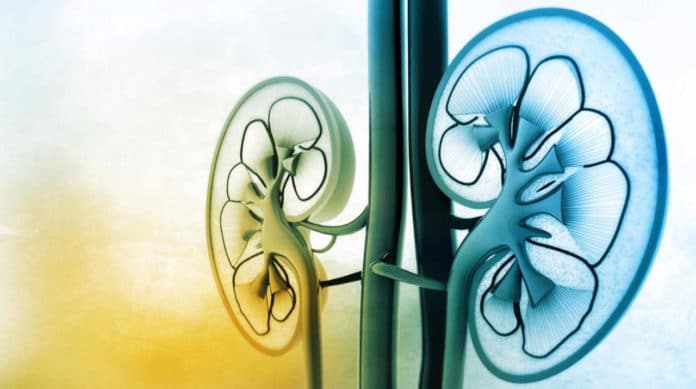Scientists at the University of Waterloo have developed a new computer kidney that gives details on the effects of medicines taken by individuals who don’t drink enough water. The model simulates the muscle contractions that move urine from the kidney to the bladder.
The ability of the kidney to keep up water balance is essential to our well-being. It controls water balance, and when we are dehydrated, it creates highly concentrated pee to dispose of waste using as little water as possible. The older population, those with kidney maladies, and those on blood pressure medication once in a while have an issue with water balance.
Anita Layton, professor of Applied Mathematics, Pharmacy, and Biology at Waterloo, said, “People who have high blood pressure are typically given a water pill, so they pee a lot to lower their blood volume and, in so doing, lower their blood pressure. These patients are frequently also given another drug that targets a hormonal system which will affect the kidney as well.”
“A lot of people are on these two drugs, and they will be fine. But one day, they might have a headache and take an aspirin, and the three of these drugs together can hurt your kidneys.”
During an experiment on elderly people, the model tells that people with impaired kidney function and those taking a combination of certain drugs need to be extra mindful of their water intake.
The model found that unless a patient is properly hydrated, taking the two blood pressure drugs and an aspirin concurrently could cause acute kidney injury. The injury happens when there is an insufficient water balance, which can lead to concentrated urine from a build-up of waste in the body.
Layton said, “Incredibly, how mammals produce highly concentrated urine is not well understood. We’re now a step closer to understanding how water balance is maintained in mammals.”
The study was recently published in the American Journal of Physiology – Renal Physiology.
